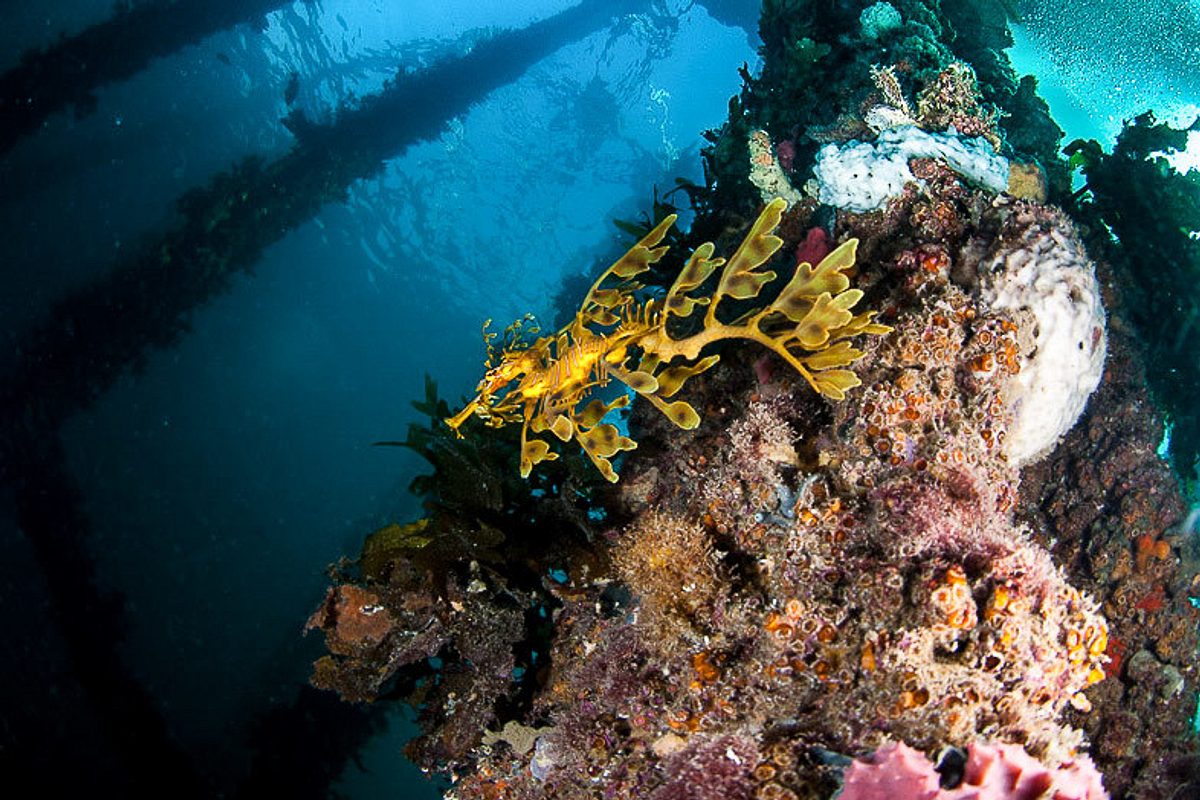
Meet the medal-winners in SA’s Wildlife Olympics
It’s Olympic time, so get to know some of South Australia’s supreme athletes from the animal kingdom!
The world’s best athletes have gathered in Paris to compete for glory at the 2024 Summer Olympics and South Australia is again well-represented with big names like Kyle Chalmers (swimming), Jess Stenson (marathon) and Joe Ingles (basketball) doing our state proud on the global stage.
But why should it just be human athletes that get all the fame?
After all, the original Olympic motto, ‘Citius, Altius, Fortius’ is Latin for ‘Faster, Higher, Stronger’. And some of our native wildlife are among the fastest, highest, and strongest creatures in the world!
To celebrate these athletes from the animal kingdom, the team at Good Living have put their heads together to award gold medals in the SA Wildlife Olympics. Let’s meet the winners.

100m Sprint: Emu
Move over Cathy Freeman, the uniquely gifted emu is known to run at speeds up to 48-50 km an hour. Their long legs are ideal for outrunning danger and allowing them to walk long distances. Fittingly, the emu also graces our Olympic athletes’ uniforms as part of the Australian Coat of Arms along with the kangaroo. Some say these species were chosen as they are the only 2 Australian animals that can’t move backwards.

Decathlon: Southern hairy-nosed wombat
If there’s an Australian animal built for the rigours of the multi-skilled decathlon it’s the wombat. These furry marsupials sure are stocky, but don’t let that fool you, they can run at speeds up to 40 km per hour which is just under Usain Bolt’s fastest recorded speed. Their strong, stocky build with short legs and large front feet make them hard to beat in the weightlifting, and believe it or not, wombats can jump! Some have been known to jump over metre-high fences.

400m Freestyle: Australian sea lion
Known for their speed and grace in the water, the Australian sea lion can be seen playfully frolicking on the sand and in the shallows of Kangaroo Island’s Seal Bay or Eyre Peninsula’s Point Labatt. This species is exclusive to Australia, being endemic to South Australia and Western Australia. Regrettably, over the past 3 decades, their population has faced significant challenges from factors like climate change and marine pollution.

Marathon: Bar-tailed godwits
With the use of transmitters, bar-tailed godwits have been observed by researchers setting all kinds of records for single distance flights, from the famous ‘E7’ in 2007 that flew over 11,600 km from Alaska to New Zealand in one go, to the next record setter, ‘4BBRW’ which flew from Alaska to NSW in a non-stop 13,000 km flight!

Long distance swimming: Lamprey
Native lamprey – the toothy, eel-like creature – make an annual migration across the southern Murray-Darling Basin as part of their breeding cycle. SA Government scientists have been tagging them to see just how far up the system they go. In 2023, one particular lamprey travelled about 825 km over 2 months, which is no small feat for a 50 cm fish.

Synchronised swimming: Leafy sea dragon
Leafy sea dragons are known for their amazing courting dance. During mating season, from October to January, the leafy sea dragons do the mating swagger, swaying their colourful camouflage and weedy-like appendages with their mate. Then when the moment is right, mum passes over hundreds of tiny pink eggs for dad to fertilise and carry on his tail.

Surfing: Dolphin
Any surfie will tell you how much Australian dolphins love to catch a wave. Why they do it we aren’t 100% sure. Some researchers thinks that these intelligent animals ride the waves for fun, social bonding and communication. Others will tell you that dolphins utilise the power of waves to help to dislodge parasites from their skin. Either way, it looks amazing when a whole pod of dolphins pop up in a wave together!

Gymnastics: Yellow-footed rock wallaby
The endangered yellow-footed rock wallaby has the physical attributes to be a multi-apparatus gymnastics champion. They have the impressive balance to excel on the beam and the leaping ability for the vault. Since European settlement, the yellow-footed rock wallaby numbers experienced a drastic decline. However, South Australia’s Bounceback program, which recently celebrated 30 years, has been instrumental in better controlling threats to the species and restoring the health of their habitat.

Boxing: Red Kangaroo
Watching kangaroos fight is not unlike watching a unique outdoor boxing match. Their stance and style is quite akin to boxers in a ring – they circle, punch, kick and grapple – float like a feather and sting like a bee. Like boxers, kangaroos spar a lot before they actually fight and their play-fights can be commonly seen in the evenings in mobs across Australia.





